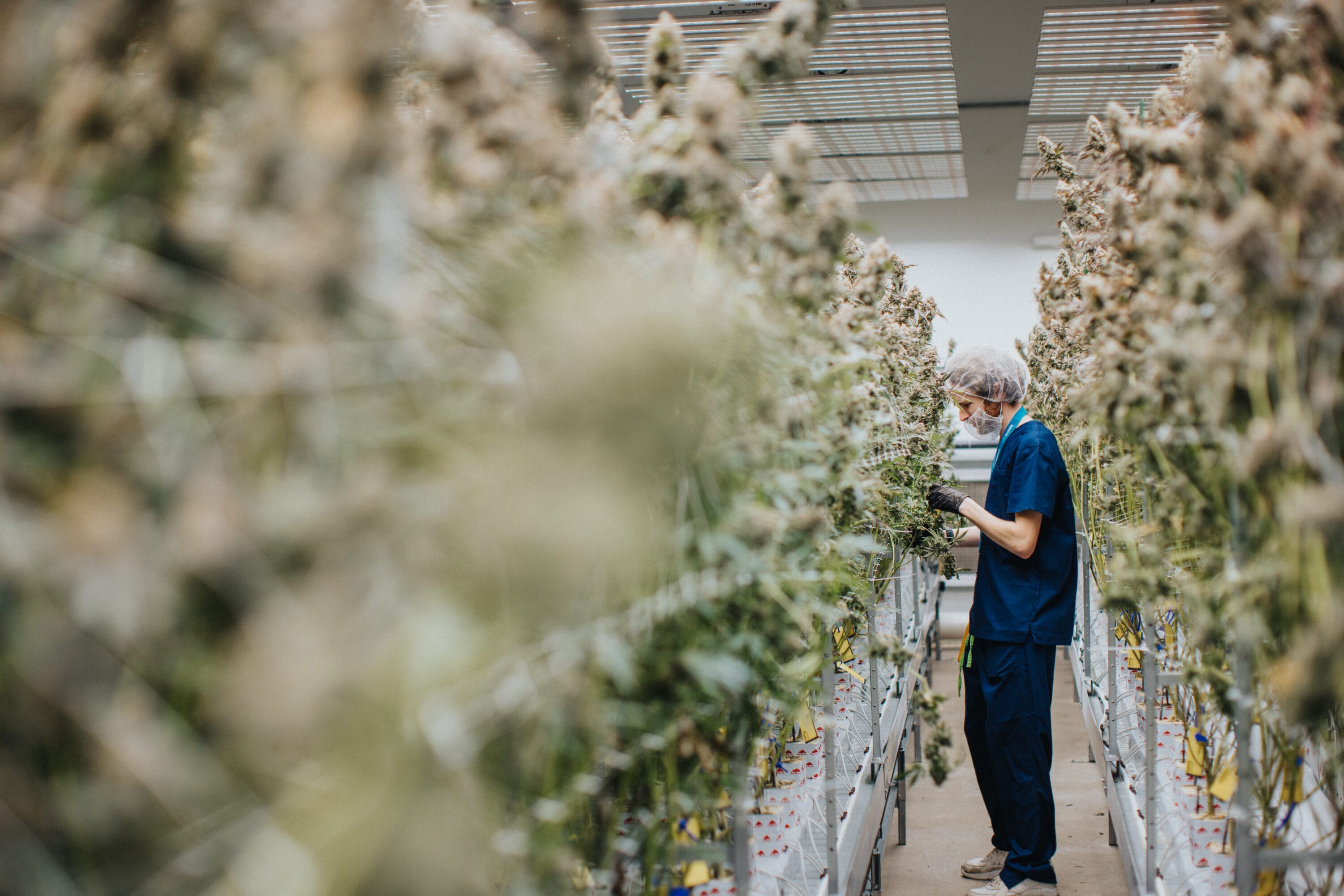Vapor Pressure Deficit and Why it Matters

The gardening world is filled with trends and phrases that come and go as quickly as they’re created.
Sometimes these concepts are thrown around without full understanding, especially with the more scientific processes. One of the most misunderstood concepts is vapor pressure deficit, or VPD, as it’s commonly called.
Cultivators benefit from applying VPD in grow rooms because it enables them to encourage plant growth and optimize the environment by monitoring the relationship between plant transpiration, humidity, and temperature.
VPD can be complex to grasp, but at its core, the concept is “a numerical value attached to plant comfort that describes how the plant feels,” said Clif Tomasini, business director at Quest Dehumidifiers. VPD is simply another useful tool cultivators use to achieve and craft a successful grow.
VPD basics
To understand vapor pressure deficit, it’s first important to grasp transpiration, which is the biological process where moisture travels from plant roots to leaf pores, where it evaporates into the air as water vapor. In hot and dry conditions, plants transpire more, just as humans sweat in the heat, resulting in increased water use and watering requirements.
VPD correlates directly to plant transpiration rates, so by controlling VPD, growers can control how quickly moisture and nutrients travel through plants. Increased VPD results in increased water and nutrient uptake through plant roots, which at the appropriate life stage, boosts plant growth, Tomasini said.
“Using VPD to fine-tune water flow through the plant gives the grower another ‘control knob’ in the quest to balance the plant with its environment,” said Mike Steffes, a research and development scientist at Quest Dehumidifiers. Controlling these aspects of the plant environment encourages and promotes efficient cannabis growth.
Up until the adoption of VPD, the consensus was to keep grow rooms as dry as possible to avoid mold and mildew, but growers are beginning to understand that plants thrive in monitored levels of humidity.
The reason behind VPD’s increased use is simple: Growers spend a lot of time and money crafting the perfect environment for their plants and VPD is a proven method to monitor and control plant conditions.
“Growers do everything they can to push their plants to their best,” Tomasini said. “And VPD is a method that will position your plants so they can be most successful.”
Mastering Vapor pressure deficit
VPD is measured in pounds per square inch (psi), kilopascals (kPa), millibars (MB or mBAR), or any other pressure unit. A low VPD means the air is nearly saturated, while a high VPD means the air is relatively dry. If VPD is zero, the air is 100 percent saturated and plants can’t transpire effectively.
VPD changes by raising or lowering temperature and relative humidity.
It can take a lot of math to work with VPD through calculations, but if a grower already monitors relative humidity and temperature, there are VPD charts that work fine as shortcuts.
Seth Lee, a cultivator from Denver, learned and adopted VPD several years ago and has since seen explosive growth in his crops. VPD should correlate with the health and age of the plants because they need more nutrients as they grow.
Here are his recommendations for VPD during each stage of growth:
Optimal VPD during vegetative and flowering stages
1. Seedling/Clone: Seedlings and clones don’t have a developed root system, so maintain a low VPD to keep these young plants from losing too much moisture from their leaves. VPD should be between 4 to 7 millibars.
2. Vegetative: As plants grow bigger, increase VPD to 9 to 12 millibars, which will increase the flow rate of water and drive nutrients through the plant.
3. Flowering and late-flowering: Continue increasing VPD up to 15 millibars as plants mature.
“The goal is to make consistent and rhythmic adjustments, rather than abrupt spikes,” Lee said. “You can play with VPD throughout the day, but plants grow their best when their environment is consistent. You want to find the happy medium.”
Read more about VPD during flowering here.
Published on Sep 28 2017
Last Updated on Feb 20 2024
Categories: Agriculture, Climate Control, Growing Cannabis, Humidity
